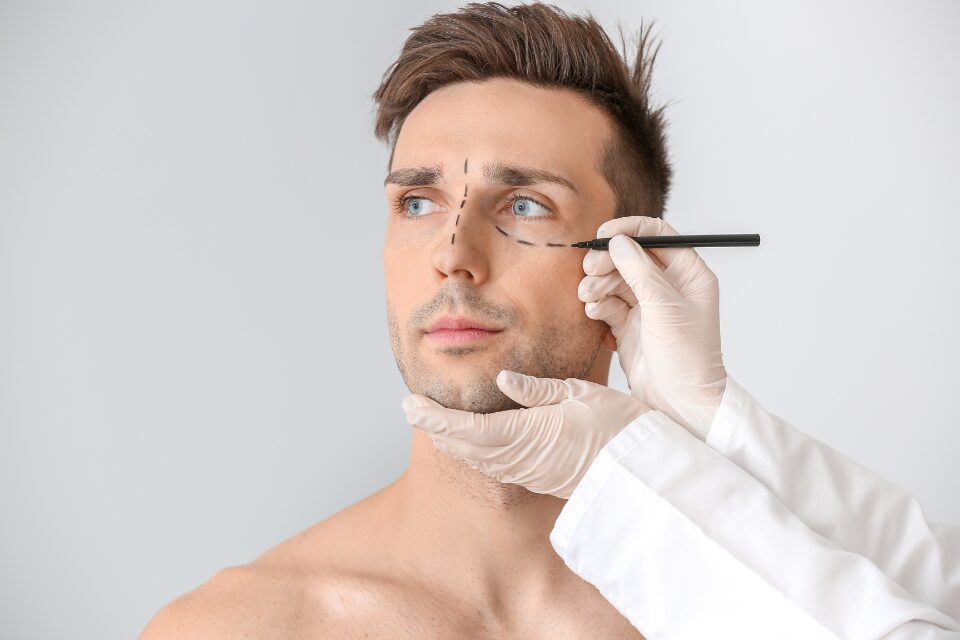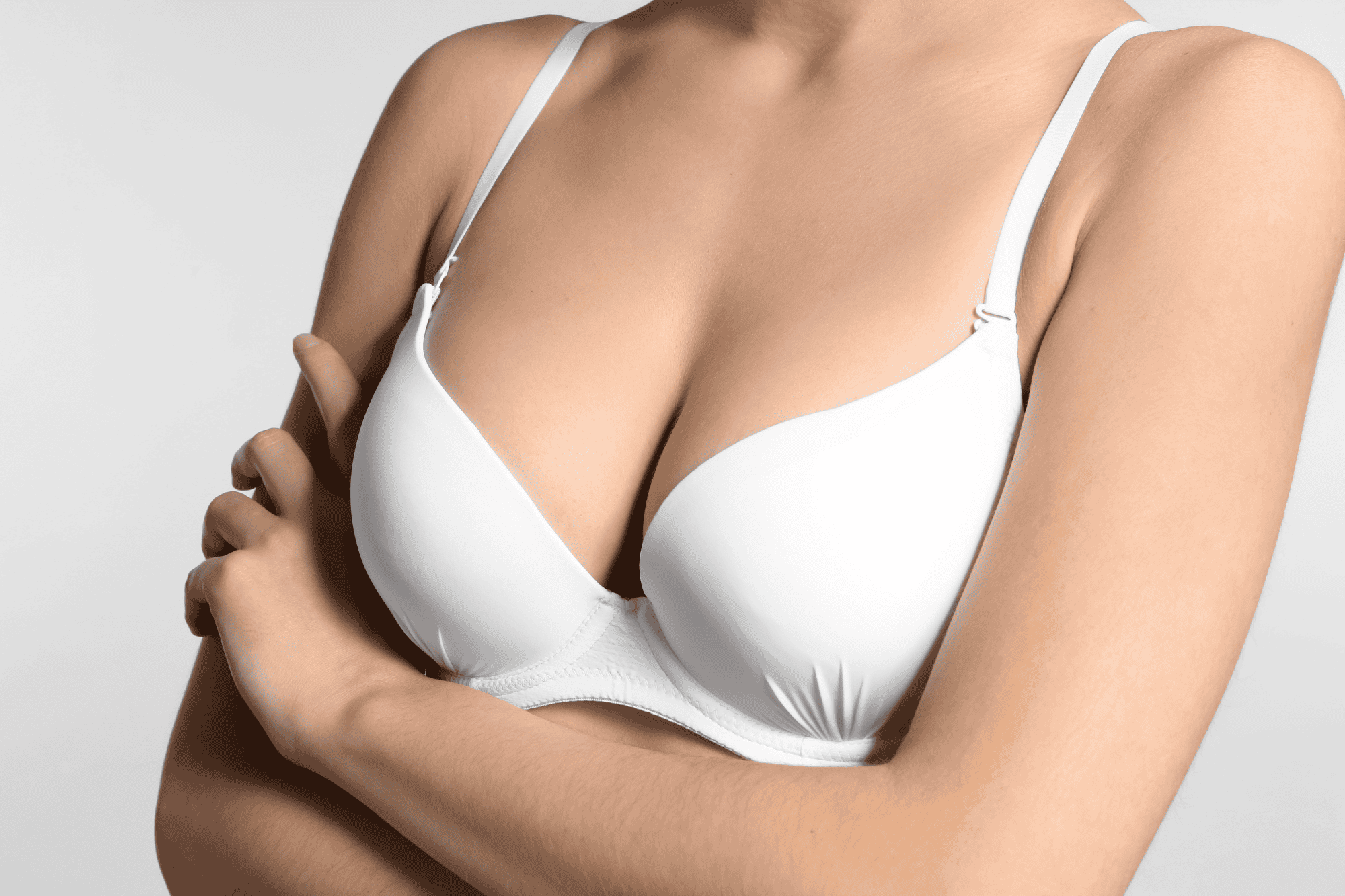Blepharoplasty—it’s the complicated term for eyelid surgery. However it’s best not to use the word interchangeably with the phrase “eyelid lift.” But with semantics out of the way, it’s important to understand a few key points about eyelid surgery.
Who’s a good candidate?
Good eyelid surgery candidates are typically older than 35 years. It’s around this time that the skin loses its natural elasticity. Gravity begins to take its toll, causing excess skin to gather around the eyes. In some cases, genetics is a factor, causing sagging to appear even earlier than expected.
In terms of making minimal changes for maximum results, eyelid surgery is probably your best bet to take a few years off your look.
How’s it done?
There are two types of procedures—upper and lower eyelid surgeries.
Upper eyelid surgery begins with a few incisions on the skin to remove excess skin and fat. A doctor then uses a thin stitch to bring the skin together.
Lower eyelid surgery involves incisions either below the lash line or on the inside of the eyelid, the latter called the transconjunctival approach. This approach allows the doctor access to the eyelid fat without creating any visible incisions.
What’s the recovery process like?
Recovery time for eyelid surgery is generally short. The day after the procedure, there will be bruising and swelling. A cold compress in the first two days will help the healing process.
The bandages placed over the incision sites can be removed in a few days, but the stitches will usually remain for about a week. (Consider asking a doctor about self-absorbing stitches.) Patients can return to normal activity within two weeks.
What are the risks or possible complications?
Risks are rare and limited when it comes to eyelid surgery, but they can include an inability to close the upper lid (if too much skin is removed during the procedure) as well as dry eye. Patients who suffer from dry eyes are at risk of worsening their condition. Blindness and double vision are very rare complications.
As with all surgical procedures, you should thoroughly discuss your medical history with your plastic surgeon. He or she will make individual recommendations for you to decrease the opportunity for complications, assuring the best possible outcome for your procedure.
Will I have to have the procedure repeated?
Because your eyes will continue to age naturally, the upper eyelid surgery might “last” for about five to seven years. However, lower eyelid surgery results last quite a bit longer. If you find yourself no longer happy with the appearance with your eyes, a forehead lift is typically the next step.
Like with any procedure, it’s important to talk with a doctor to see if eyelid surgery is right for you. Schedule a free consultation at St. Charles Plastic Surgery today




